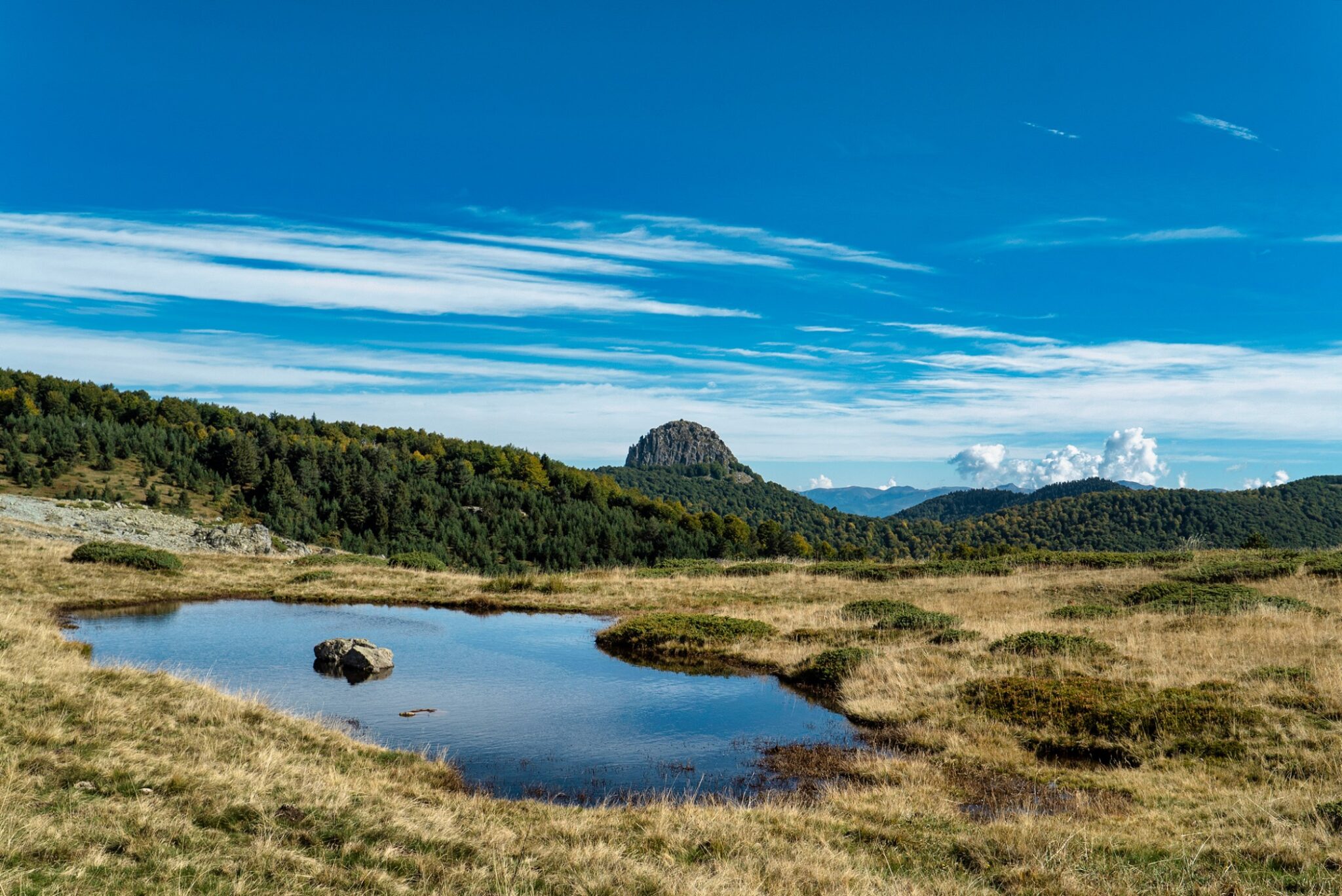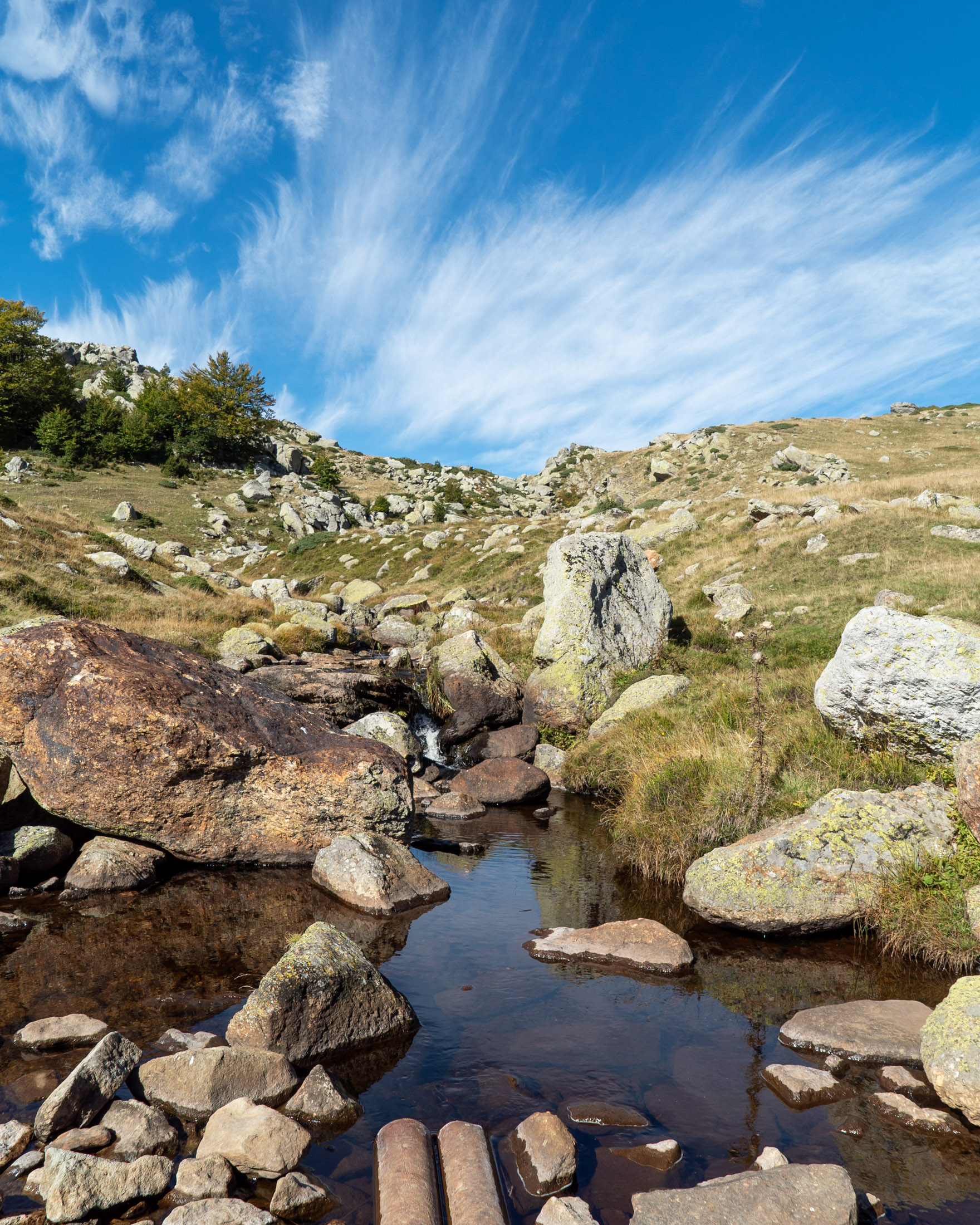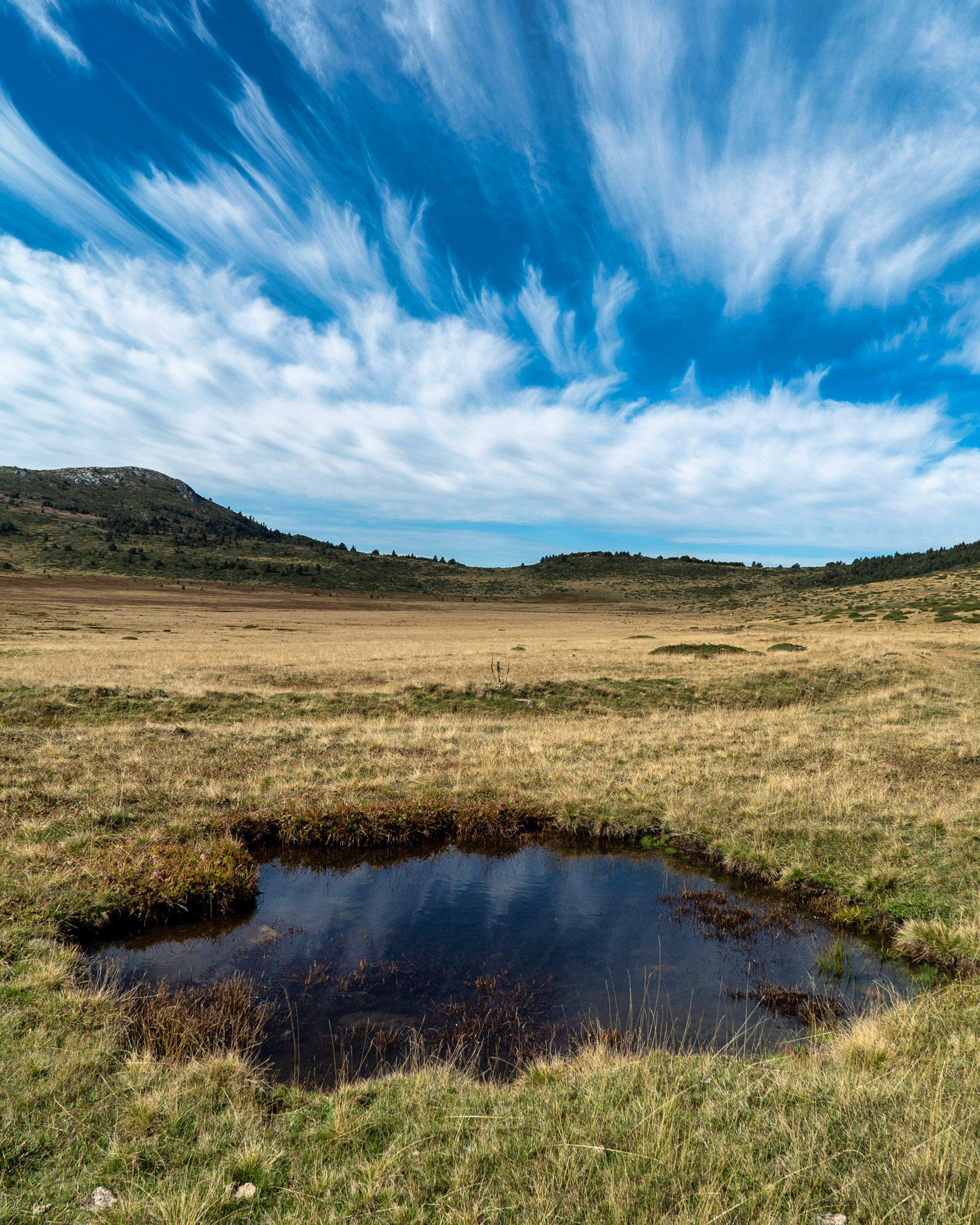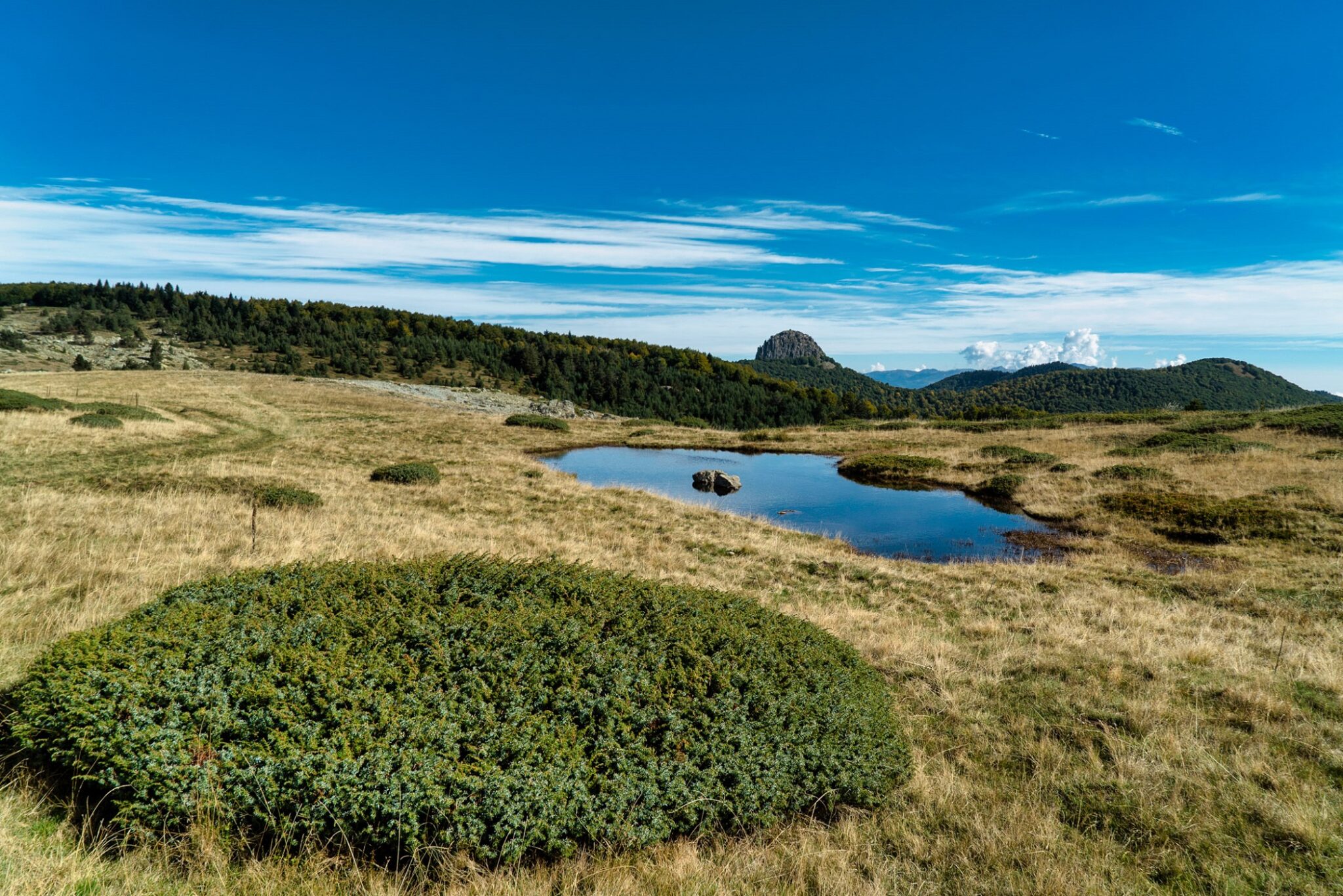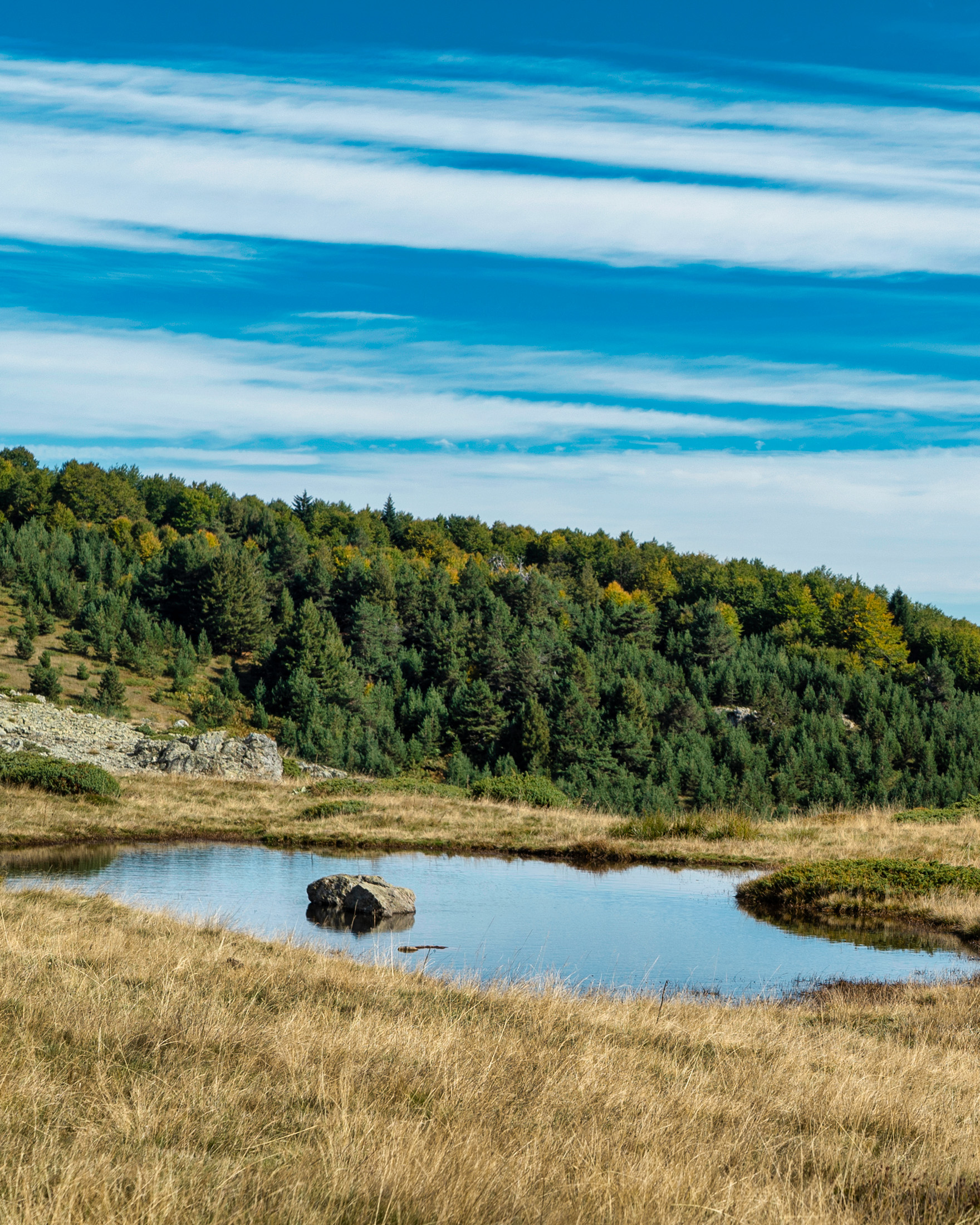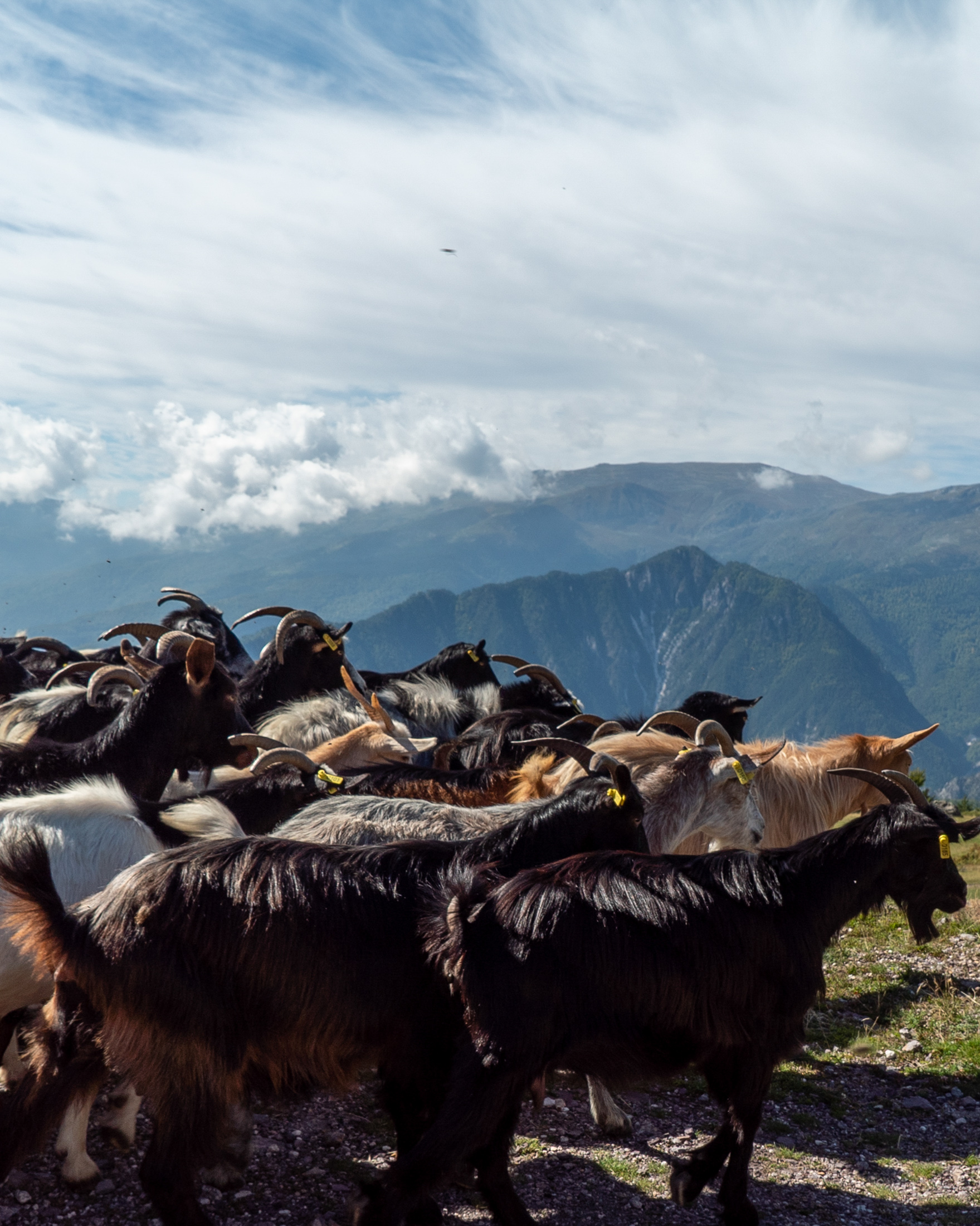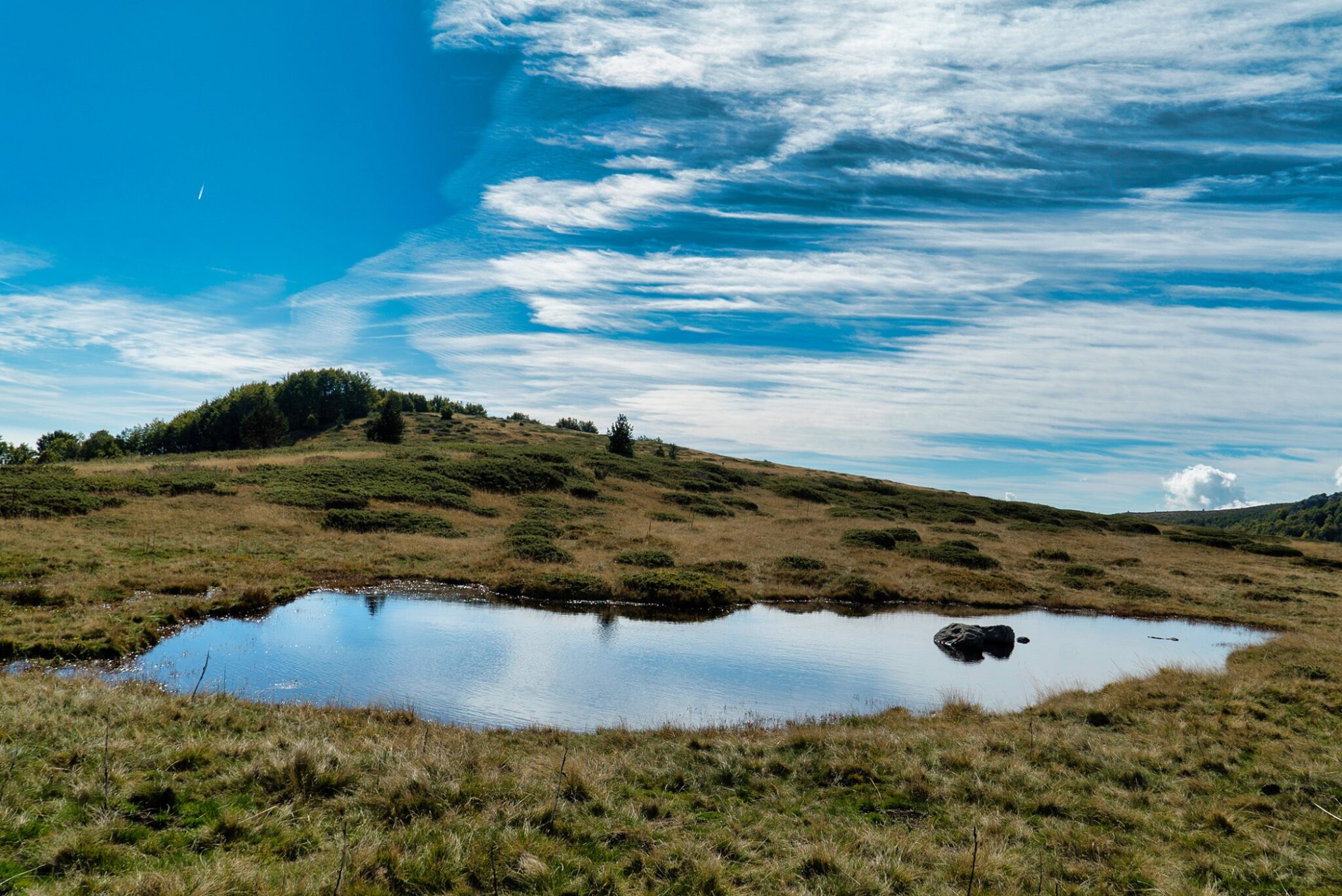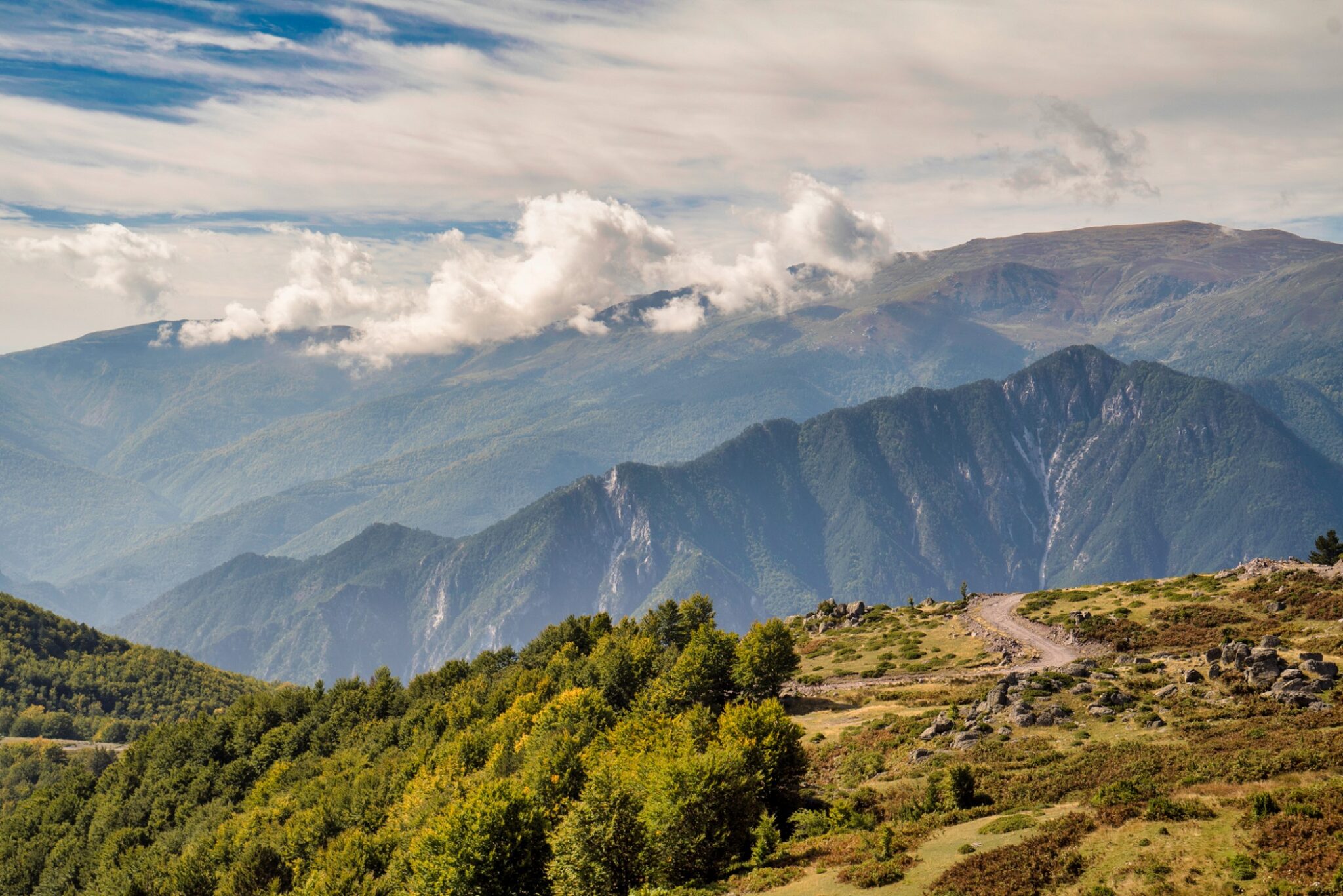The Slavic name “Dobro Pole”, which translates to “Good Valley”, signifies that we are located in a frontier region at an elevation of 1,523 meters on Mount Kaimaktsalan. Here, Greece’s territory ends and the neighbouring Republic of North Macedonia begins. The “Battle of Dobro Pole” is still recorded in history books as a decisive moment where the combined forces of Greece, France, and Serbia triumphed over Bulgarian troops and their German advisors.
This victory sparked a revolt among the Bulgarians against their own leadership and ultimately led to an Allied invasion of the country. Tourists visiting today can pay their respects at the Serbian Cemetery, where monuments commemorate the fallen soldiers. Despite its historical significance, the primary attraction for visitors is the breathtaking natural beauty of the area, with its unique water bodies and stunning forests considered among the most striking in Greece.
Meadows, lagoons and magnificent forests
Dobro Pole is a natural basin covering 3,350 hectares, formed in a crater of an ancient volcano and shaped like a circle with a circumference of approximately five kilometres lies above Ano Loutraki, formerly known as Ano Pozar, a historical settlement on the Isio Pefko mountain that was abolished in 1951 and replaced by the present-day Loutraki located to the west. The valley boasts a unique combination of subalpine meadow and wetland features, which makes its landscape highly distinctive. As a result, Dobro Pole is a habitat for a variety of exceptional flora, as well as rare species of wildlife, particularly avifauna.
As you make your way to Dobro Pole, you’ll be greeted by a breathtaking view of the plateau. To the east, Mount Kravica, fondly referred to as “Ageladitsa” (little cow) by the locals, rises majestically with the Petternik Peak in the background. To the west, the Sokol and Kilinterka massifs are visible, and to the south, you can take in the vast Almopia plain. But the real showstopper here is the lush, verdant forest that envelops the area. Majestic beech trees dominate the landscape, but you’ll also come across Macedonian firs, broad-leaved oaks, junipers, pines, chestnuts, and ibises. Keep an eye out for the rare five-leaved pine trees, found only in a few places in Greece. Some experts even speculate that the eastern part of Dobro Pole is home to lynxes, a species that is almost extinct in Greece.
Beyond the towering trees, the fertile ground of Dobro Pole is teeming with diverse flora. You’ll find water-loving plants such as violas, rare orchids, crocuses, and the special insect-eating Drosera anglica, which only thrives in Dobro Pole in Greece. The area is crucial for the survival of the endangered Egyptian vulture and is home to other rare bird species, like woodcocks. Amphibians like alpine and crested newts, toads, and elusive sand lizards dominate the herpetofauna, while wolves, hares, wild boars, and deer roam the land.
But what truly sets Dobro Pole apart are the “sfagones” that can be found throughout the area. These are shallow cavities in the ground filled with stagnant water, appearing like tiny lakes. These unique pools not only add to the beauty of the landscape with their distinctive morphology, but they also play an important role in botany, attracting moss and rare herbaceous plants with their natural humidity and acidity.
How to get to Dobro Pole
Start your journey from Loutraki in Almopia, which is renowned for its famous Pozar Baths. The village is located just 33 km from Edessa and 100 km from Thessaloniki, with a scenic 16 km drive to the plateau.
Take the paved road to reach the abandoned village of Ano Loutraki, then venture onto a dirt road (that may have some challenges along the way). This 15-kilometre-long forest road offers breathtaking views of the Almopia plain as you ascend for approximately 40 minutes until you reach the local farmers’ stables. During the spring and summer months, you’ll also have a chance to see their cattle and an abundance of wildlife.
Park your car at the stables and embark on a 40-minute hike alongside the forest road to reach your destination. If you’d like an extra challenge, Dobro Pole is also the starting point for an exhilarating hike to the top of Mount Kravitsa, which boasts a magnificent beech forest and reaches an altitude of 1,772 metres. This trail is considered to be of moderate difficulty and takes about 3.5 hours. If you want to make it an organized experience, don’t hesitate to contact the Aridaia Mountaineering Club. Meanwhile, for mountain biking enthusiasts, Dobro Pole is known to be one of the top 4 cycling destinations in Greece. Get ready for an unforgettable adventure in this exceptional landscape.
Read also:
Smolikas Drakolimni: Sub-alpine lake with wild orchids on Greece’s second-tallest mountain
Kamaria: The least known lake of central Greece
Gerolimni lake, lush natural wonder in the Cyclades with running waters



